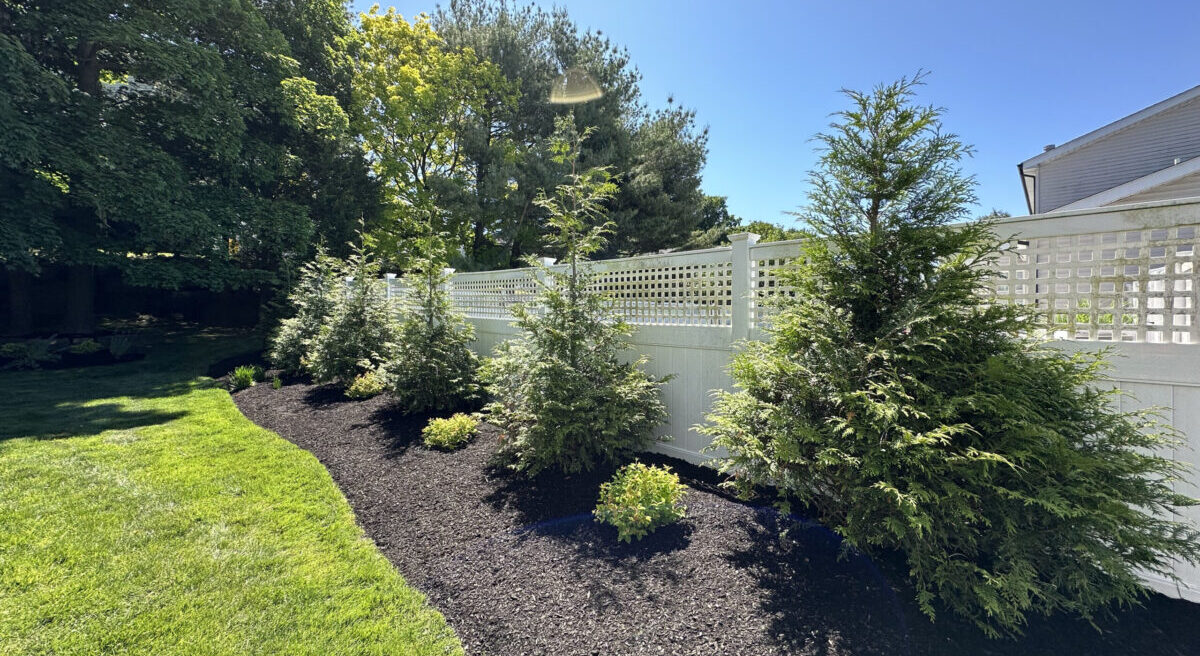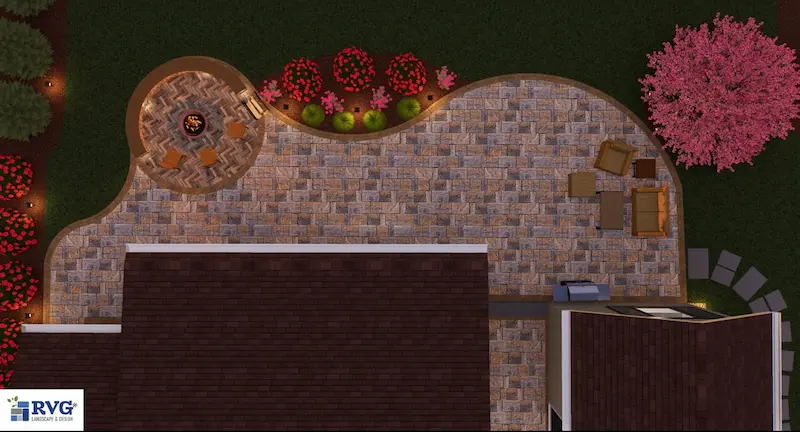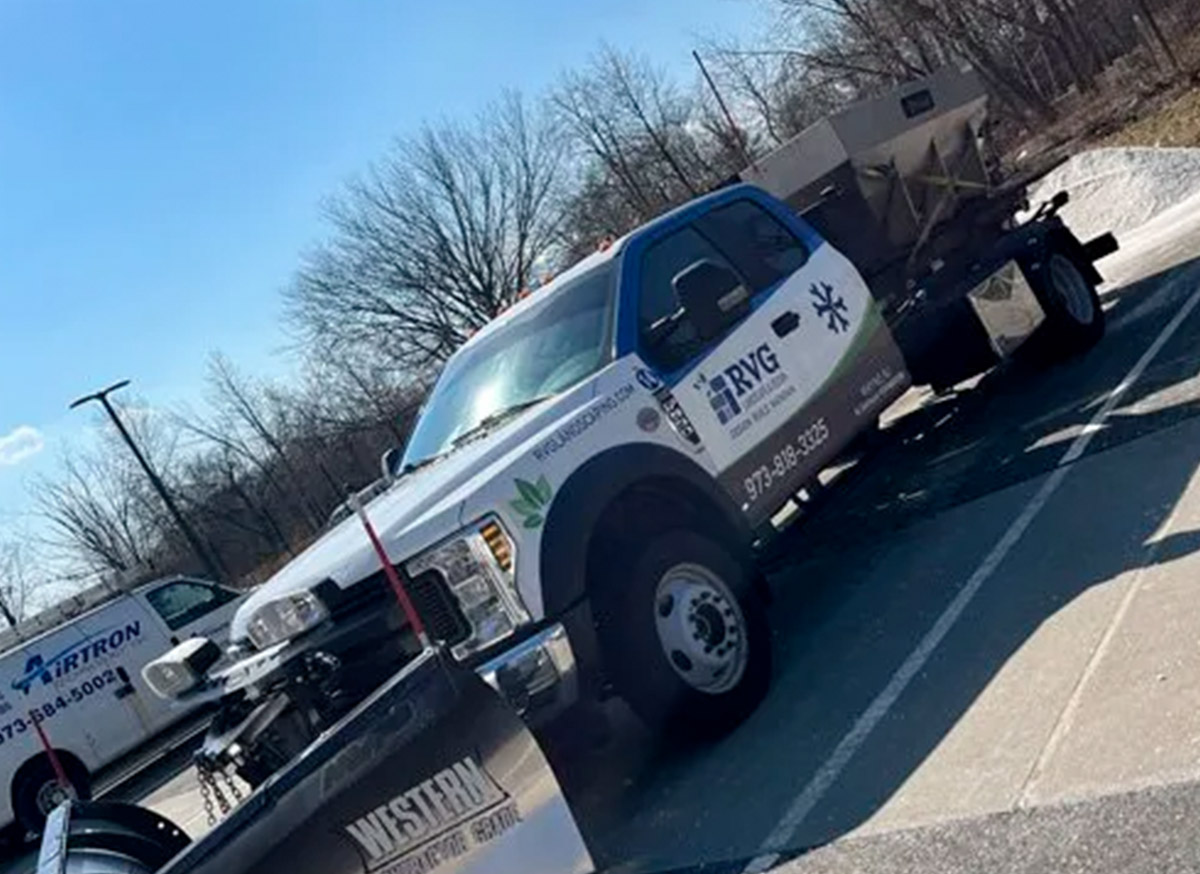Imagine stepping into your garden and hearing the cheerful chirping of birds, seeing butterflies fluttering around and watching bees busily pollinate your flowers. Creating a wildlife habitat in your backyard is more than just a beautiful sight—it’s a crucial step towards supporting our ecosystem. In this blog post we will explore how gardeners, environmental enthusiasts, and homeowners can attract birds and pollinators by designing wildlife-friendly habitats. We’ll cover everything from understanding the needs of these creatures to practical tips for maintaining your garden. Let’s get started on transforming your backyard into a wildlife oasis!
The Importance of Wildlife Habitats
Wildlife habitats are essential for the survival of birds, pollinators, and other creatures. These habitats provide food, shelter, and breeding grounds, which are increasingly scarce due to urbanization and deforestation. By creating a wildlife-friendly garden, you contribute to the preservation of biodiversity and the balance of ecosystems.
Additionally, having a diverse range of wildlife in your garden can benefit you directly. Birds and pollinators play a crucial role in controlling pests and pollinating plants, which can lead to healthier crops and flowers. Plus, the presence of wildlife adds beauty and a sense of serenity to your outdoor space, enhancing your overall gardening experience.
Understanding the importance of wildlife habitats helps us appreciate the impact of our actions. By making small changes in our gardens, we can make a big difference in supporting local wildlife and promoting sustainability.
Understanding the Needs of Birds and Pollinators
To create a successful wildlife habitat, it’s important to understand the specific needs of birds and pollinators. Birds require a variety of food sources, such as seeds, berries, and insects. They also need water for drinking and bathing, as well as safe places to nest and roost. Providing these essentials will attract a diverse range of bird species to your garden.
Pollinators, including bees, butterflies, and moths, rely on nectar and pollen from flowers. They need a continuous supply of blooming plants throughout the growing season. Additionally, providing shelter, such as nesting sites for bees and host plants for butterfly larvae, will support their life cycles and encourage them to thrive in your garden.
Understanding these needs is crucial for designing an effective wildlife habitat. By catering to the specific requirements of birds and pollinators, you can create an environment where they feel welcome and supported.
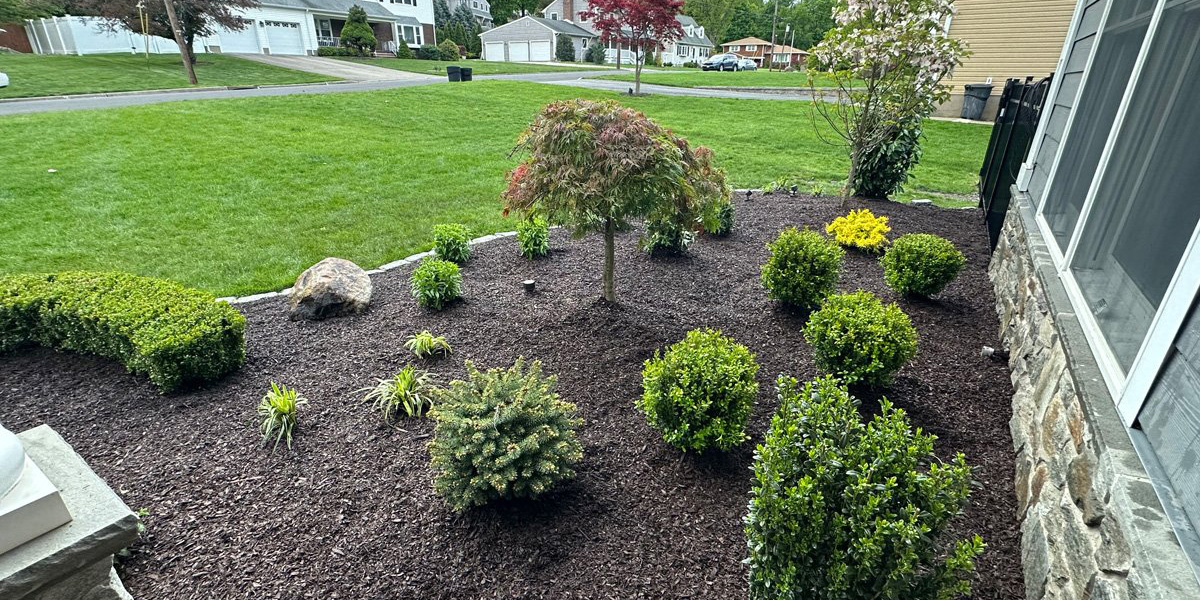
Selecting Plants for Diverse Habitats
Choosing the right plants is key to attracting wildlife to your garden. Native plants are particularly beneficial because they have evolved alongside local wildlife and provide the best resources for them. They are also well-adapted to the local climate and soil conditions, making them easier to grow and maintain.
When selecting plants, aim for a diverse mix of species that bloom at different times throughout the year. This ensures a continuous supply of food for pollinators and birds. Include a variety of flower shapes and colors to attract different types of pollinators. For example, bees are attracted to blue and purple flowers, while butterflies prefer bright, open blooms.
Incorporate plants that provide both food and shelter. Berry-producing shrubs, seed-bearing flowers, and trees with dense foliage all offer valuable resources for wildlife. By carefully selecting a range of plants, you can create a balanced and thriving habitat.
Designing and Building a Wildlife-Friendly Garden
Designing a wildlife-friendly garden involves more than just plant selection. Consider the layout and features that will make your garden inviting to wildlife. Create different layers of vegetation, from ground cover to shrubs and trees, to provide varied habitats and shelter.
Incorporate water features, such as birdbaths, ponds, or shallow dishes, to provide drinking and bathing opportunities. Ensure that water sources are clean and regularly replenished to prevent stagnation and attract wildlife.
Avoid using pesticides and herbicides, as these chemicals can harm beneficial insects and birds. Instead, opt for natural pest control methods, such as companion planting and introducing predator insects.
By thoughtfully designing your garden, you can create an environment that supports wildlife and enhances the overall ecosystem.
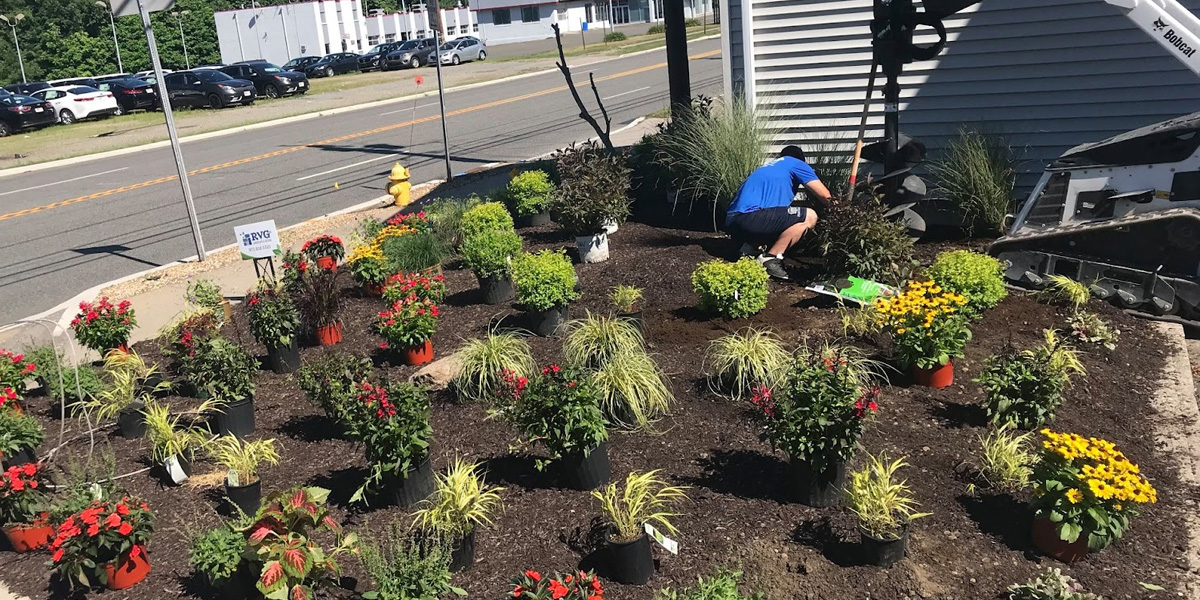
Maintaining and Sustaining Wildlife Habitats in Urban and Suburban Areas
Maintaining a wildlife habitat in urban and suburban areas presents unique challenges, but it’s entirely possible with the right strategies. Regularly monitor and assess your garden to ensure it continues to meet the needs of wildlife. Adjust plantings and features as necessary to accommodate changes in the environment.
Engage with your community to promote wildlife gardening and sustainable landscaping practices. Share your experiences and knowledge with neighbors, local schools, and community groups to inspire others to create their own wildlife habitats.
Participate in local conservation programs and initiatives to support broader efforts in preserving biodiversity. By working together, we can create a network of wildlife-friendly gardens that provide safe havens for birds, pollinators, and other creatures.
Practical Tips for Attracting and Supporting Wildlife
Here are some practical tips to help you create and maintain a thriving wildlife habitat in your garden:
- Plant Native Species: Choose native plants that are well-suited to your region and provide the best resources for local wildlife.
- Provide Water Sources: Install birdbaths, ponds, or shallow dishes to offer drinking and bathing opportunities for birds and pollinators.
- Avoid Chemicals: Use natural pest control methods and avoid pesticides and herbicides that can harm beneficial insects and birds.
- Create Shelter: Incorporate different layers of vegetation, such as ground cover, shrubs, and trees, to provide shelter and nesting sites.
- Offer Food: Plant a variety of flowers that bloom at different times and include berry-producing shrubs and seed-bearing plants.
- Engage with the Community: Share your knowledge and experiences with neighbors, schools, and community groups to promote wildlife gardening.
By following these tips, you can create a welcoming environment that attracts and supports a diverse range of wildlife.
Our Conclusion
Creating wildlife habitats in your garden is a rewarding endeavor that benefits both you and the environment. By understanding the needs of birds and pollinators, selecting the right plants, and designing a wildlife-friendly garden, you can contribute to the preservation of biodiversity and enhance the beauty of your outdoor space.
Remember, small changes can make a big difference. Start by incorporating a few native plants and providing water sources, and gradually expand your efforts. Engage with your community to inspire others and work together towards a sustainable future.
Ready to get started? Join the movement and create your own wildlife habitat today. Together, we can make a positive impact on the environment and enjoy the beauty of nature right in our backyards.

